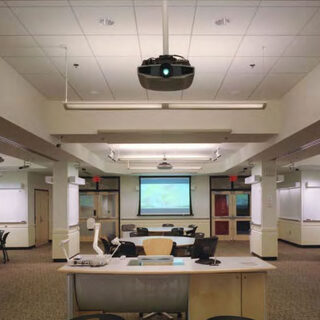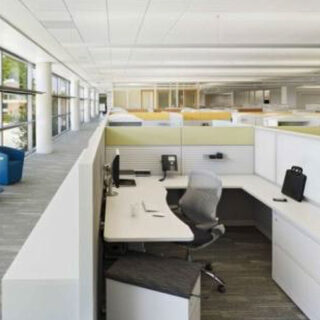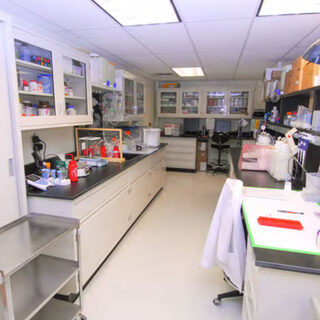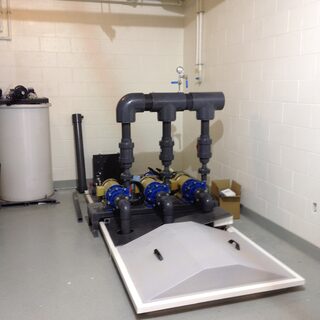Tradeline's industry reports are a must-read resource for those involved in facilities planning and management. Reports include management case studies, current and in-depth project profiles, and editorials on the latest facilities management issues.
Latest Reports
Designing Facilities to Accommodate SCALE-UP Teaching Method
A pedagogy pioneered at North Carolina State University (NCSU) is turning higher education upside down by redesigning the learning environment to foster interaction among today's technology-savvy students, and turning students into teachers in the process.
2013 Priorities for Research Facilities
Tradeline asked 115 individuals representing 94 research organizations to prioritize their areas of focus for 2013 and to make open-ended comments regarding these priorities. The priorities identified in this survey will be the focus of Tradeline's upcoming conference: The 2013 International Conference on Research Facilities on May 9-10 in Boston.
The respondents’ overall priorities, in order of importance, are:
DuPont Creates a Workplace for the Future
When worldwide science and engineering leader DuPont saw a need to reduce the footprint of its Wilmington, Del., headquarters, the company undertook a strategic plan to maximize utilization of existing space while building state-of-the-art facilities designed to accommodate the workers of the future, and operate more cost-effectively and sustainably.
University of New England Grows Biomedical Research Facilities Organically
Although relatively small in size compared to more established research institutions, the University of New England (UNE) is making tremendous strides in growing its research and scholarship programs and infrastructure despite a shrinking pool of available grant funding. The private university, founded in 1978, began focusing its expansion efforts on biomedical research only within the past decade.
Aquatics Research Facility
Brigham and Women's Hospital (BWH) has renovated 4,000 sf of research space to consolidate its aquaculture facilities in the Eugene Braunwald Research Center, where the environmental temperature, humidity, and lighting are regulated to sustain a successful zebrafish colony. Fixed equipment includes 96 racks capable of sustaining up to 6,600 tanks; two dedicated reverse osmosis water supply systems; and new pump and filtration systems on multiple independent circuits, with separate large-scale breeding chambers and an isolated quarantine area.





